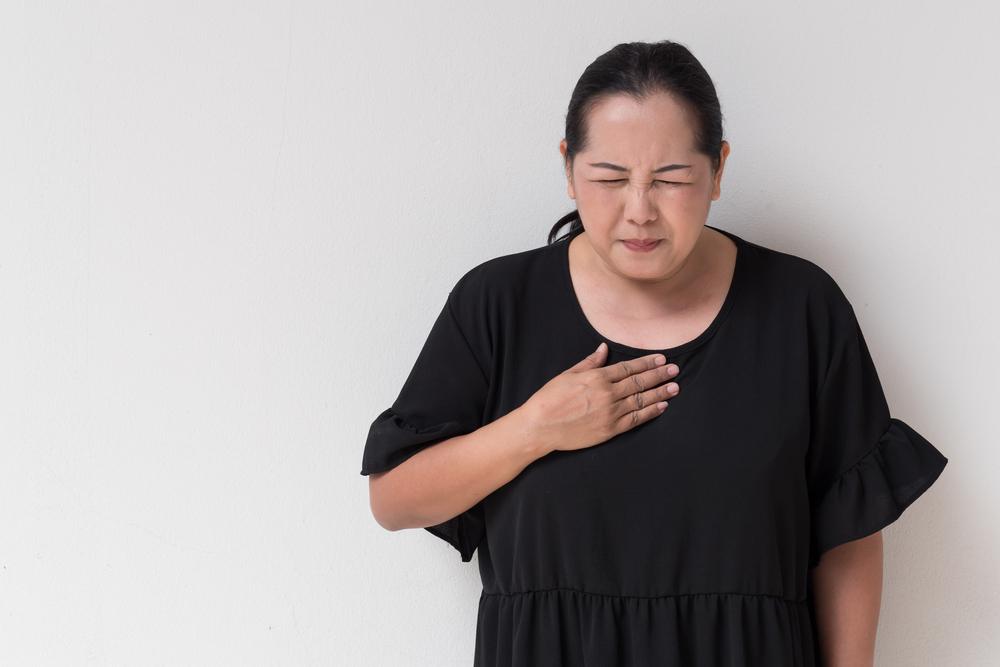
Common Causes of Acid Reflux
Acid reflux or gastroesophageal reflux disease generally occurs when there is excessive gastric juice refluxed into the esophagus. This might result in different symptoms—either with or without esophageal mucosal injury. GERD or gastroesophageal reflux disease can be considered a very common digestive problem characterized by the passage of gastric elements from the stomach to the esophagus. Heartburn is one of the most common symptoms of this disorder, which is a kind of burning sensation in the upper abdomen and chest.
What are the symptoms of gastroesophageal reflux disease?
The symptoms of acid reflux include:
- Frequent clearing of the throat
- Coughing
- Difficulty swallowing food or water (or dysphagia)
- Exacerbation of asthma or hoarseness
- Burning sensation in the chest especially after eating, which might worsen at night
- Regurgitation of sour liquid and food
- Laryngitis
- Disrupted sleep
What are the causes of gastroesophageal reflux disease?
It is important to understand the risks of this problem prior to understanding the causes. The risk factors for succumbing to this disorder include foods that increase the production of acid within the stomach. In addition to foods, there are certain conditions that can also result in acid flowing into the esophagus. The main causes of acid reflux are as follows:
- Some foods consumed on a regular basis can stimulate an increase in the secretion of stomach acid resulting in a burning sensation in the chest.
- Over-the-counter medicines can also result in the problem (i.e., ibuprofen, aspirin and Naprofen).
- Some of the most common irritants are caffeine, alcohol, acidic juices, carbonated beverages and acidic foods such as grapefruit, oranges and tomatoes.
- Chocolate can also trigger the increased secretion of stomach acid.
- Smoking is one of the most common causes of gastroesophageal reflux disorder. It affects the functioning of the LES or lower esophageal sphincter causing it to completely relax which causes the acid to flow back into the esophagus.
- Pregnancy can also be one of the most common causes of increased pressure on the abdominal cavity affecting the functioning of the LES and thus resulting in acid reflux.
- Primary disorders in the esophagus can also result in the symptoms of gastroesophageal reflux disease (i.e., sarcoidosis and scleroderma).
- Obesity might also result in increased pressure on the abdomen causing reflux of stomach acid into the esophagus.
What are the risk factors for this condition?
Conditions that can increase the risk of gastroesophageal reflux disease include:
- Connective tissue problems, such as scleroderma
- Pregnancy
- Obesity
- Bulging of the top of the stomach into the hiatal hernia or diaphragm
- Delayed stomach emptying
What are the factors that can increase acid reflux into the esophagus?
- Eating meals very late at night
- Smoking
- Eating huge meals
- Eating foods that trigger indigestion or reflux (i.e., fried and fatty foods)
- Drinking coffee and alcohol
What are the treatment options for acid reflux disease?
Some of the best treatment options for gastroesophageal reflux disease are:
- Eating smaller and more frequent meals
- Lifestyle changes
- Refrain from eating a few hours before bedtime
- Quitting smoking
- Avoiding aspirin, alcohol, caffeine, and ibuprofen
- Elevating the head during sleep, which allows gravity to keep stomach acid from refluxing
There are a number of surgical procedures that can also be used for treating this condition. There are several new devices that have been recently approved for carrying out specific procedures based on the condition of the patient.


